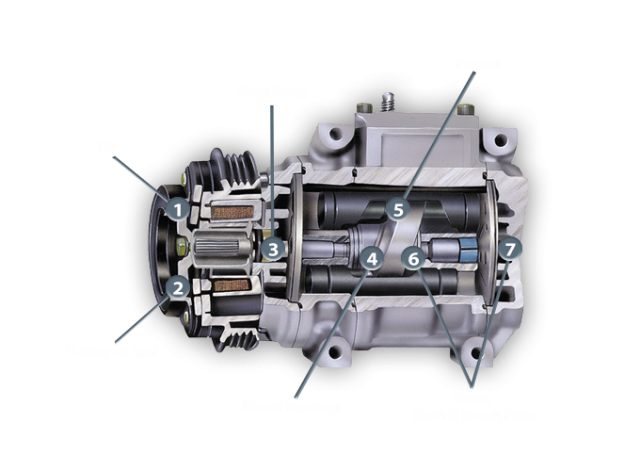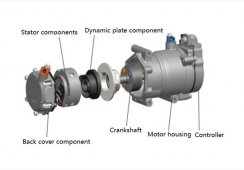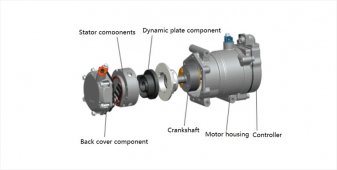Air conditioners typically run a lower COP than a heat pump, many which are using thermally conductive heat transfer such as ground loops instead of air to air. Typical COP of air conditioning is 2 to 4. Improvements can be made to improve COP and considering this is just a compressor without the rest of the system, I'm not certain the COP given would be a true indication of efficiency.
A regular one stage on-off A/C unit may have a good COP, but it takes a while after restarting for the pressures in the system to get up to operating conditions. And how often does normal A/C starts in an hour? 3-6 times?
Lot's of lost efficiency there. Not even talking about the inrush current.
I know that the systems I built - I could downsize the system size, when switching to a inverter unit. (went from 3 ton to a 2 ton in house)
So here is my thesis on this - human comfort is a weird thing - we feel cooler when air is moving - even when the temperature is higher - a regular A/C unit - is primary not running. (total cooling time of the year / run time) While a inverter unit is almost always running.
Further the inverter units are much better in dehumidifying the air - since they can adjust the coil temperatures. (Fan speed up, or down)
Most Systems are sized on the maximum load - which hardly ever happens (one month in the summer) - at this load it would run most efficient. That means the remainder of the year it's not running at it's fullest potential.
In a vehicle we are energy and roof space constraint.
Energy (inputs)
1. Reduce heat gain in the RV (ceramic tinting, awnings)
2. Get the most battery you can afford
3. Get the most efficient solar panel per sqft
Energy (outputs)
1. Use the stored energy most efficient - A/C unit which makes the most BTU out of the least amount of watts.
Thus, we should be avoiding conversion losses and use the most efficient refrigeration cycle available. Further reducing components and so making the system more reliable
My current setup:
DC Solar
DC Battery
AC Inverter
AC Window A/C unit (which internal - does:
AC (power supply)
DC (controller) - 3 phase AC (compressor) or however you want to call that pulsed DC
Moving to:
DC Solar
DC Battery
DC Controller - 3 phase AC (Compressor)
Looks like the simpler system setup








